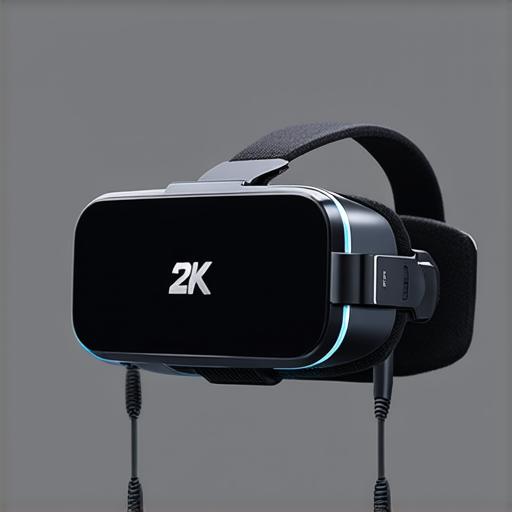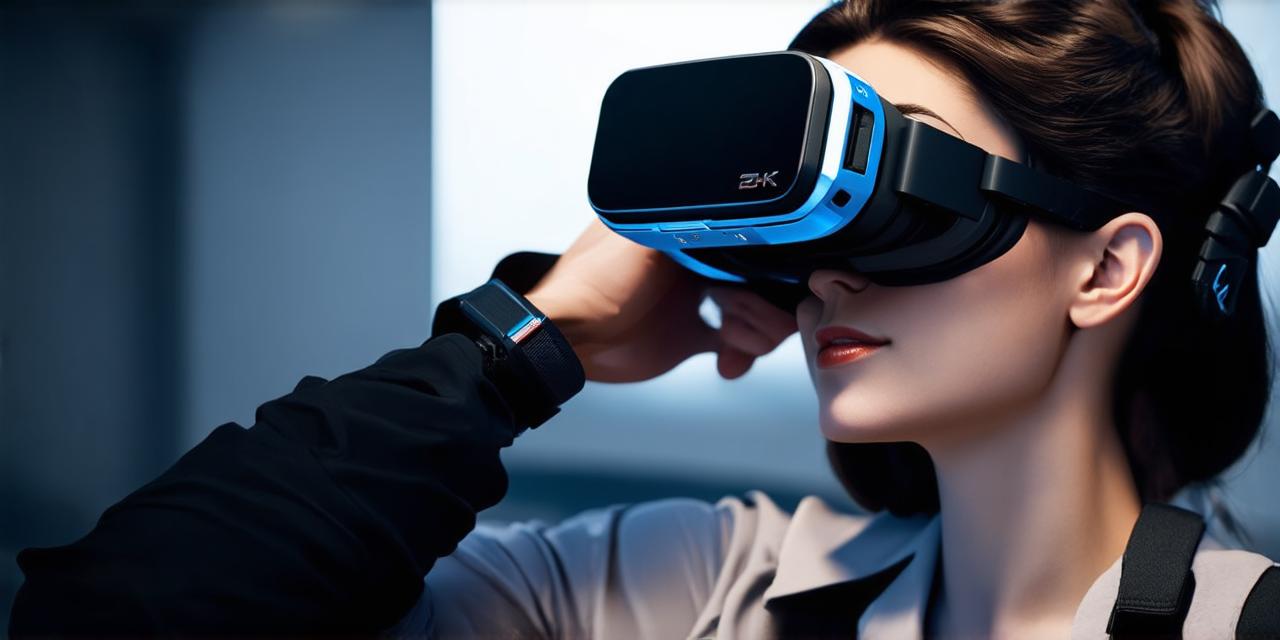The Key Components of a Virtual-Reality Headset
Virtual reality headsets consist of several key components that work together to provide users with an immersive experience. These include:
- Display: The display is the screen that displays the 3D environment in real-time. Typically, VR displays are high-resolution screens with a wide field of view (FOV) that provides users with a panoramic view of the virtual world.
- Head Tracking: The head tracking system is responsible for tracking the user’s movements and position in real-time. This information is used to update the display and provide a seamless experience that matches the user’s movements. VR headsets use various sensors such as accelerometers, gyroscopes, and depth cameras to track the user’s head movement.
- Input Devices: Input devices are used to interact with the virtual environment. These can include controllers, gloves, or other devices that allow users to perform actions in the virtual world. Some VR systems also use eye-tracking technology to enable more intuitive interaction with the virtual environment.
- Software: The software is responsible for rendering the 3D environment and providing a seamless experience for the user. This includes everything from the graphics engine to the physics simulation, which enables users to interact with objects in the virtual world.
- Power Supply: The power supply provides the necessary electricity to the VR headset, display, and other components. Some VR headsets require a separate power source, while others can be powered by a PC or other device.

Impact of Virtual-Reality Headset Functions on User Experience
The key functions of a VR headset have a significant impact on the user experience. Here are some of the most important factors to consider:
- Field of View (FOV): The field of view determines how much of the virtual environment is visible at any given time. A higher FOV can provide a more immersive experience, but it can also lead to motion sickness and discomfort. Developers should carefully consider the FOV when designing VR applications, taking into account the needs of their users.
- Resolution: The resolution of the display determines how clear and detailed the virtual environment appears. A higher resolution can provide a more realistic and engaging experience, but it can also require more powerful hardware to render. Developers should consider the target audience and hardware capabilities when selecting a display resolution.
- Comfort: Virtual reality headsets can be uncomfortable to wear for extended periods of time, especially if they are too tight or if the head tracking system is not accurate. Developers should prioritize comfort when designing VR applications, ensuring that the headset is comfortable to wear and does not cause discomfort or motion sickness.
- Safety: Virtual reality can be a dangerous environment, especially if users are not aware of their surroundings or if they become disoriented. Developers should prioritize safety when designing VR applications, ensuring that users are aware of potential hazards and providing clear instructions for safe use.
Best Practices for Designing Virtual-Reality Applications
When designing virtual reality applications, there are several best practices to follow to ensure a positive user experience. These include:
- Keep it Simple: Virtual reality can be overwhelming for new users, so it’s important to keep the interface simple and intuitive. Use clear and concise instructions, and minimize the number of actions required to complete tasks.
- Test Early and Often: It’s important to test virtual reality applications early in the development process to identify and address any issues before they become major problems. Conduct user testing with a diverse group of people to ensure that the application is accessible and enjoyable for all users.
- Prioritize Comfort: As mentioned earlier, comfort is critical when designing VR applications. Ensure that the headset is comfortable to wear and does not cause discomfort or motion sickness.
